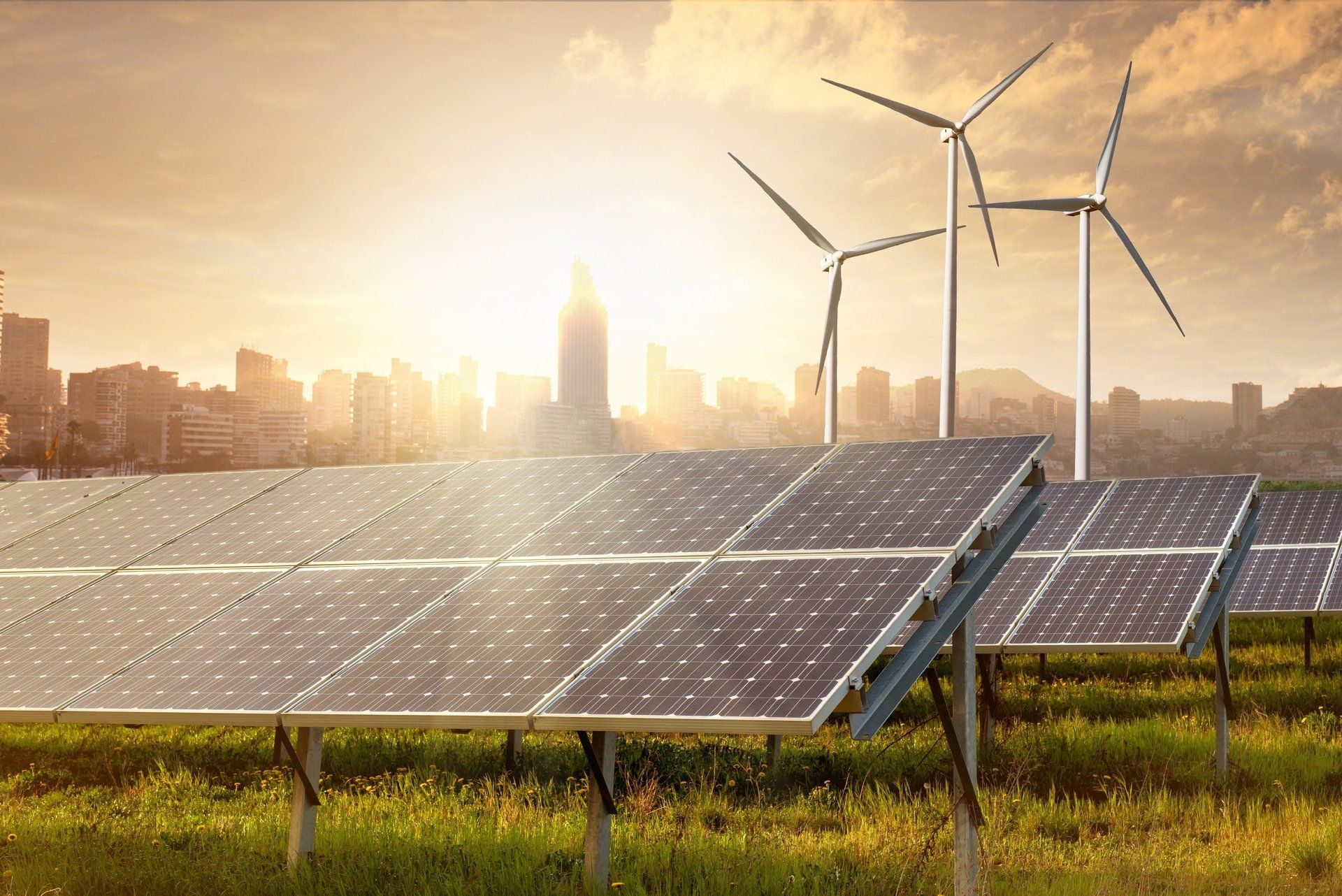
What does ‘Zero Waste to Landfill’ really mean?
Can we achieve it sustainably?
It only seems like yesterday, but in fact it was January 2007 – Marks & Spencer launched their sustainability initiative – ‘Plan A, because there is no Plan B’.
Having achieved success with their initial ‘zero to landfill’ goal in 2012, M&S are now pressing on with new goals which will reduce the amount of product packaging, and ultimately eliminate the packaging within the supply chain which is difficult to recycle, delivering new levels of sustainability for suppliers, stores and customers.
M&S may be pathfinders, but they are not alone – many other high profile companies are also proclaiming ‘zero to landfill’, such as Sainsburys (achieved in 2013), Jaguar Land Rover (achieved 2018), and Premier Inn. Increasingly, ‘Zero Waste to Landfill’ is being seen as an essential element of business credentials for the third decade of the 21st century.
But there is another side to this apparent environmental success story. The total volume of waste generated by Britain’s Commercial & Industrial sector has flat-lined in the last few years, after showing signs of a downward trend earlier in the decade. Recycling volumes have been static for a lot of waste streams as well, with household recycling in particular struggling to achieve the 50% European target.
Key phrases which are now part of the waste and recycling ‘everyday’ are diversion from landfill and recycling and recovery. This is part of the language which surrounds the big growth destination for waste – a destination which is now overtaking landfill for those elements of waste which are hard to recycle. Energy from Waste accounted for 11 million tonnes in 2017, and with more capacity coming online each year, figures for 2019 are likely to show that it has overtaken landfill as a destination for non-construction waste.
Major players in the waste industry have invested, including Veolia, Viridor and Grundon, but Energy from Waste is not universally popular with the neighbours of proposed new plants. Total landfill avoidance is difficult to achieve as well, with some plants sending the ash residue to landfill.
So Zero to Landfill is a great message, but it isn’t the same as 100% recycling in most instances. As an increasingly important message for many of our clients though, how can we help achieve these environmental goals alongside sustainable cost reduction? Here are a few ways to make progress on this journey:
- Engage with your supply chain to reduce packaging waste
- Work with cost effective service providers who will not only help measure waste volumes, but also destinations
- Use measurement to set targets for future improvement
- Set targets which are achievable, and consider Energy from Waste as a stepping stone from landfill disposal as you look to maximise levels of recycling










